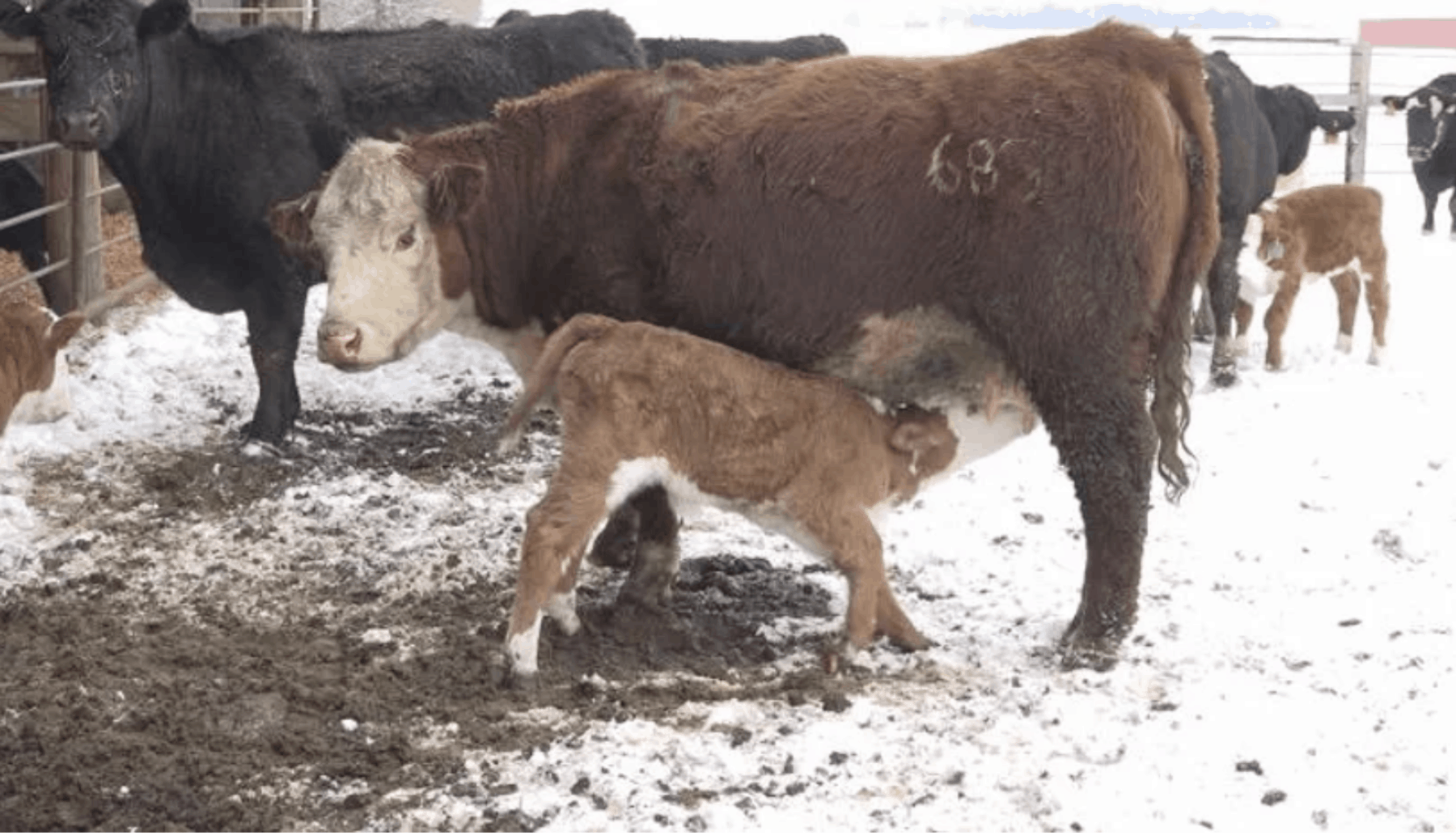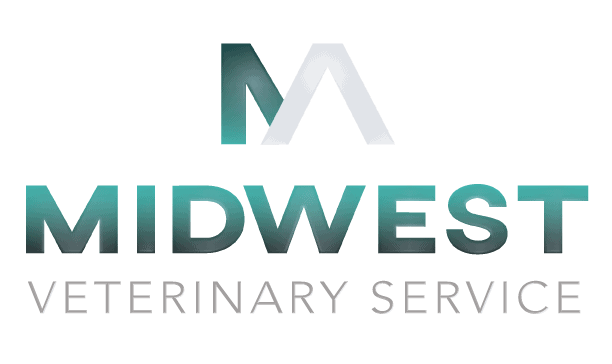
When to call the vet: Five calving season complications
As calving season nears, let’s take a few minutes to go over some of the top calving complications that come up and review when to call your veterinarian.
It’s always good to review the three stages of labor in normal calving:
First stage: This stage typically lasts between 2 to 6 hours, but can be anywhere between 1 and 24 hours. Cows will often separate from the herd and may be restless as the cervix dilates. They will not eat or drink and can have a vaginal discharge.
Second stage: The second stage begins when the cow starts contracting and continues until the calf is delivered. The amniotic sac, or water bag, will appear at the vulva. The fetus starts to enter the birth canal which then stimulates contractions that can be seen as abdominal press. A general rule is that delivery should be complete within 2 hours after the water bag appears.
Third stage: The third stage is when the placenta (afterbirth) is delivered. The placenta usually passes within the first 8 hours after birth and is considered “retained” after 12 to 24 hours. Manually removing the afterbirth is not recommended.
Calving Complications that Require EMERGENCY Treatment
1) Dystocia/Calving Difficulty – can occur in the first and/or second stage of labor. Call your veterinarian when a Heifer pushes without progress for more than 30 minutes or a cow pushes for more than 1 hour without progress.
2) Uterine Prolapse – can occur directly after the cow calves. Compared to a vaginal prolapse, a uterine prolapse is a larger, longer mass, and more deep red. “Buttons” where the placenta was attached may be visible. Call your veterinarian right away and DO NOT HAUL the animal. Potential for blood loss and a high risk of infection makes a uterine prolapse an urgent situation.
Calving Complications that Require Treatment
3) Vaginal Prolapse – are more common and can occur before or after calving. A vaginal prolapse is a pink mass of tissue, between the size of a grapefruit and a volleyball. It can be seen protruding below the tail and is sometimes only visible when the cow is lying down. A vaginal prolapse can become a serious problem If left untreated.
4) Broken Legs – may be caused by improper placement of chains or being stepped on. It’s important to support the leg to ensure no further damage is done prior to seeing your veterinarian. Using a padded bandage, begin at the calf’s foot and wrap up the leg to the joint above the fracture. Most fractures can be casted and heal well.
5) Calving Paralysis – can occur when an oversized calf places too much pressure on the cow’s pelvic nerves. Bring in your veterinarian to discuss treatment for the animal.
You can’t sell a calf that does not survive calving so do not hesitate to call your veterinarian when you have gone to the limit to safely assist the cow and calf. They are here to help.
Share this Post


